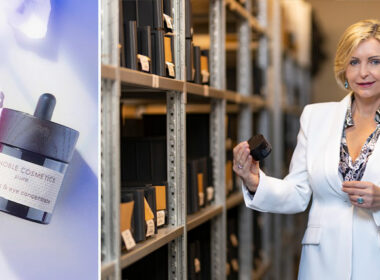How Luxury Brands Weathered COVID-19 in China
A brief report from Uwe Haizmann, Partner at EAC International Consulting in Shanghai.
COVID-19 impacted China’s economy on an unprecedented level, resulting in a quarterly GDP contraction of -6.8% in Q1 2020. But with the end of the lockdown period in March and countermeasures initiated by the government, first indications of a recovery have become visible since April. Alongside improving industrial indicators, a growing number of companies and brands are reporting a positive business outlook.
After showing consistently strong performance with 8% annual growth in 2019, current monthly retail sales are nevertheless still below last year’s benchmark. 2 out of 5 consumers remain pessimistic or unsure about the economic recovery in China. COVID-19 made the Chinese more cautious to spend but also further accelerated the shift of consumption habits towards digital channels. The decline in offline retail sales has been partially offset by sales growth on online platforms. E-commerce now accounts for a quarter of total retail spending.
With city-wide lockdowns, store closures, and consumers reluctant to engage in-person with sales and service staff, luxury brands were forced to turn towards e-commerce and social platforms to drive sales. The biggest trends were engaging omnichannel solutions and live streaming, also sometimes referred to as “shoppertainment”. For example, Burberry had influencer Yvonne Ching live-stream her experience in the company’s Shanghai store via Tmall, reaching over 1.4 million views and resulting in 6 out of 10 shown products being sold out. On WeChat, China’s dominant social network, Louis Vuitton conducted a show with two famous Chinese actors sharing their favorite items and also encouraged sales associates to directly engage with clients online. Hermès opened limited sales via its official account on the messaging app. Furthermore, Gucci launched a marketing offensive on popular Chinese video platform Douyin, amassing more than 500,000 followers in just a few weeks. All these digital campaigns aim to offer customers the same exclusive shopping experience online that they would normally enjoy in-store.
Once stores opened again in April, many of the biggest brands experienced a rebound in sales. For example, the Hermès store in Guangzhou generated 2.7 million USD in sales the day it reopened. Often coined as “revenge spending”, especially wealthy consumers less affected by economic woes seem to be willing to spend again – although not yet on pre-crisis levels. Increased spending in China is also influenced by current travel restrictions. Luxury items which would have normally been purchased during trips in Europe are now being bought within China instead.
All in all, most luxury brands still expect positive results in China for 2020, despite the sudden drop in the first quarter. But the crisis has shown that especially luxury companies need to re-examine their omnichannel approach, offer an exciting digital experience and collect customer information to keep in touch and build long-term relationships.


